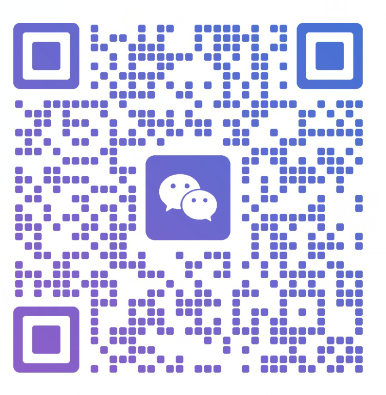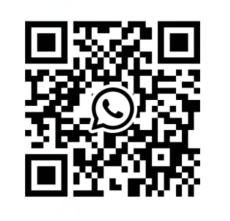A Quiet Revolution: How RFID is Redefining Theme Parks
Aug 29, 2025
Since Disney introduced the MagicBand in 2013, RFID adoption in theme parks has grown at a compound annual growth rate of 19%, with 78% of major parks now using the technology. Beyond queue management, modern systems leverage RFID for predictive analytics, hyper-personalization, and sustainability, resulting in a 34% increase in visitor satisfaction. Custom-printed RFID elastic wristbands are a prime example, combining durability with brand immersion. Universal Studios' "Wizarding World" uses similar NFC-embedded wristbands for spellcasting interactions, increasing daily engagement by 47%. The bands also feature weather-resistant silicone printing to display the park logo.
Technical Architecture: Beyond Basic Tracking
Hardware Evolution
Dual-Frequency Tags:Modern wristbands like the Disney MagicBand 3.0 combine UHF RFID and NFC technologies, enabling long-range detection (up to 12 meters) and supporting secure payments.
AI-Enhanced Card Readers :Cedar Fair's latest access control system uses millimeter-wave RFID and facial recognition technology, capable of processing 3,000 guests per hour.
Smart Wearables :Access Time Management LED Wristbands revolutionize guest flow by displaying FastPass expiration dates on real-time LED screens. A pilot program at SeaWorld Orlando reduced missed reservations by 63% and queue disputes by 28%, proving their value in high-traffic environments.
Solving Four Major Operational Challenges
Authentication at Scale
Problem :Manual ID checks during peak hours resulted in 23-minute entry delays.
Solution:
Biometric RFID: SeaWorld's Palm+Band utilizes vein pattern recognition technology to authenticate visitors in 1.2 seconds.
Dynamic Access:Europa-Park's RFID-enabled tickets adjust their validity based on real-time visitor density. For single-day events, the park is increasingly using "disposable waterproof PP paper wristbands"—these tear-resistant, eco-friendly wristbands not only streamline the entry process but also eliminate the cost of disinfecting reusable wristbands.
Case Study: ROI
Disney's $2.1 Billion MagicBand Ecosystem
Technology Stack: 64-bit encrypted UHF tags and Bluetooth Low Energy for proximity detection.
Results:
94% of guests chose to pay with RFID, compared to only 37% using cash. - Reduced average visit length by 28% (reduced crowding)
Provided 19 million personalized attraction recommendations daily
Universal Studios' Wizarding World Optimization
Interactive Wands:NFC devices triggered 4.7 million spellcasting actions per month, increasing average visit length by 2.3 hours.
Crowd Heatmap:RFID data shifted 18% of traffic from Hogsmeade to Diagon Alley, balancing sales for vendors.
Implementation Blueprint
Infrastructure
Installed 400-600 readers/gates for medium-sized parks (average cost €1.8 million)
Tagged 15,000-20,000 high-value assets with UHF tags compliant with ISO 18000-6C. For temporary events, "disposable waterproof PP paper wristbands" offer a cost-effective entrance solution, reducing staff workload by 41% during peak season.
Ethics
Privacy by Design: California's Theme Park Data Act requires that visitor data be encrypted and automatically deleted after 90 days.
Inclusiveness: Currently, 94% of parks offer RFID alternatives, such as "customized logo-printed RFID elastic wristbands" made of high-quality materials for guests with electromagnetic hypersensitivity (EHS).
Conclusion: The Future of Tagging
With RFID hardware costs plummeting to as little as €0.02 per tag, theme parks can expect a full return on investment within 14 months. From LED displays "access time management wristbands" that guide the visitor's journey to "customized elastic wristbands" that foster brand loyalty, RFID is no longer just a nice-to-have; it's the very DNA of future theme park operations.
Read More

